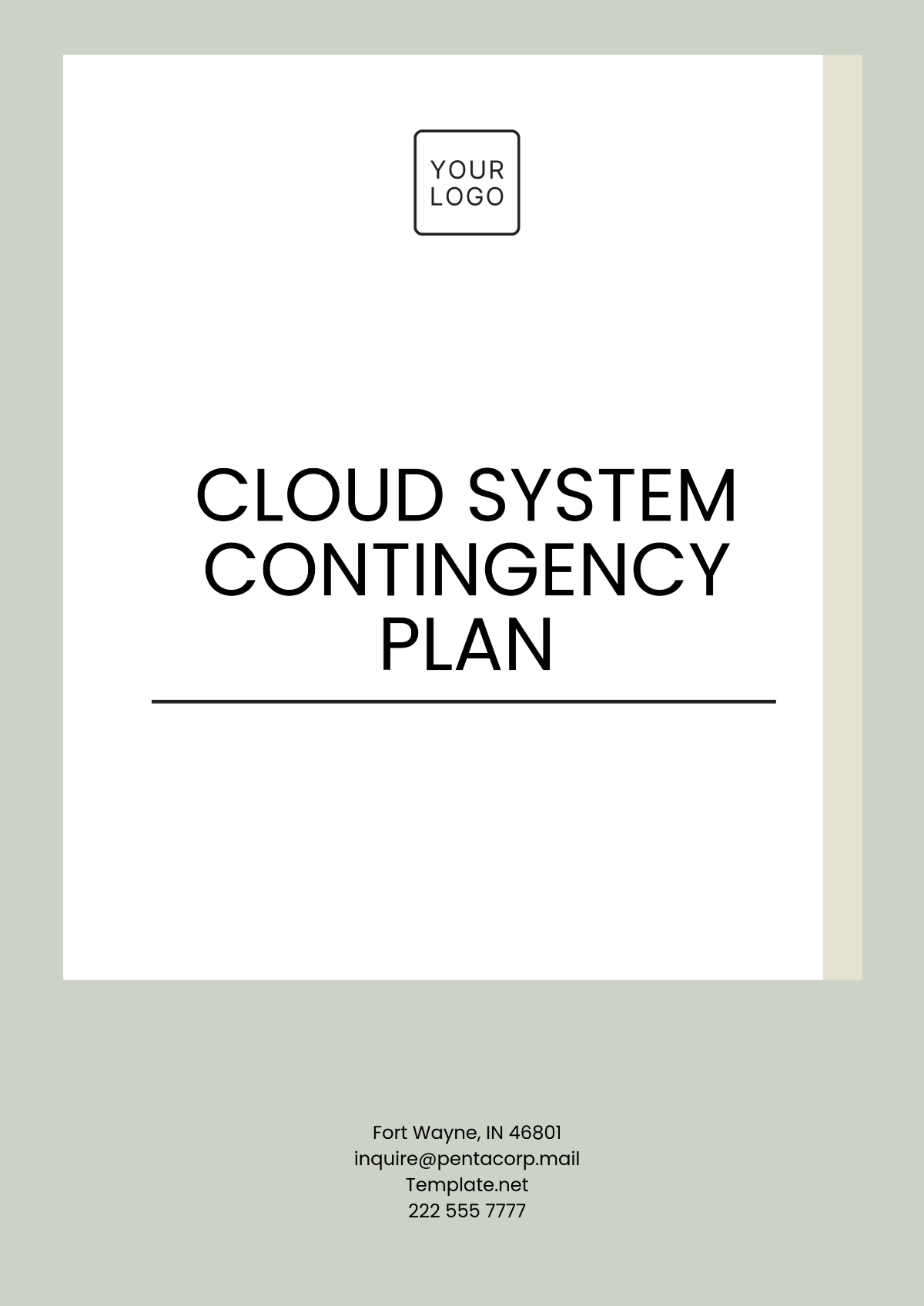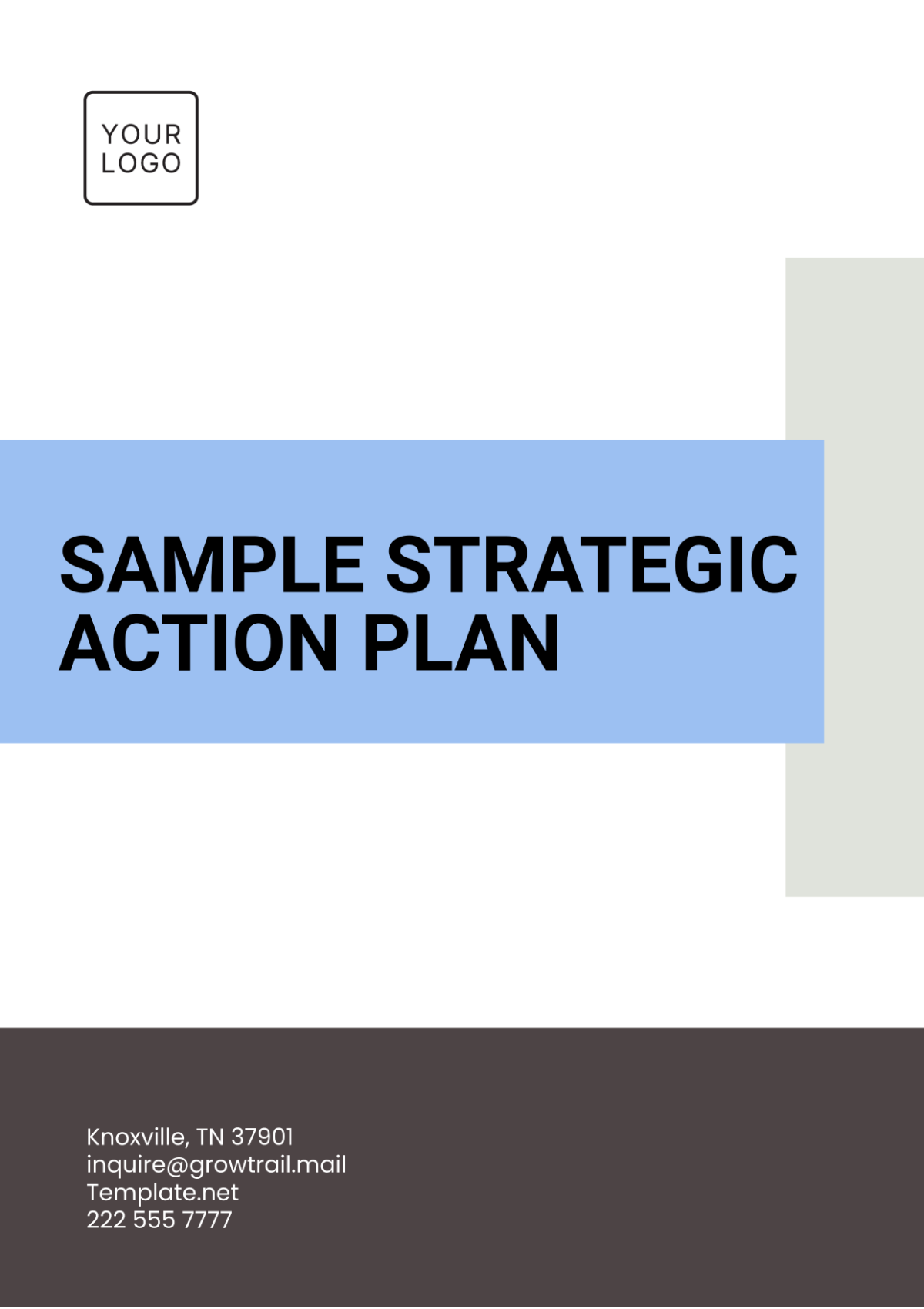Free Statistical Analysis Plan Template
Statistical Analysis Plan
Prepare by: | [YOUR NAME] |
Department: | [YOUR DEPARTMENT] |
Company: | [YOUR COMPANY NAME] |
I. Introduction
A. Purpose
The purpose of this Statistical Analysis Plan (SAP) is to outline the methodology for analyzing market research data to derive meaningful insights into market trends and consumer behaviors. This plan will guide the Marketing Insights Team at Acme Marketing Solutions in conducting statistical analyses effectively, to inform strategic decision-making and optimize marketing efforts.
B. Scope
This SAP covers procedures for data cleaning, exploration, descriptive statistics, inferential statistics, hypothesis testing, and regression analysis for the market research data collected by Acme Marketing Solutions across various channels, including online surveys, retail transactions, and social media engagement.
C. Audience
This document is intended for use by the Marketing Insights Team at Acme Marketing Solutions, including data analysts, researchers, and marketing executives, who are responsible for analyzing and interpreting market research data.
II. Data Collection
A. Data Sources
The market research data will be collected from multiple sources, including customer feedback surveys conducted via email and online platforms, point-of-sale transactions from retail stores, and social media analytics from platforms such as Facebook, Twitter, and Instagram.
B. Data Cleaning
The Marketing Insights Team will employ a systematic approach to clean the raw data, including removing duplicate entries, correcting errors, and imputing missing values. This process will ensure the accuracy and reliability of the dataset for subsequent analyses.
III. Data Exploration
A. Descriptive Statistics
Descriptive statistics will be calculated for key variables, including demographic information (age, gender, income), product preferences, purchase behavior, and brand sentiment. Table 1 provides an overview of the descriptive statistics to be reported.
B. Data Visualization
Visualizations such as histograms, bar charts, and scatter plots will be used to explore patterns and relationships within the data. Table 2 presents examples of data visualizations that will be generated during the exploratory
analysis.
TABLE 1: Overview of Descriptive Statistics
Variable | Mean | Median | Standard Deviation | Min | Max |
|---|---|---|---|---|---|
Age | 35 | 33 | 8 | 18 | 60 |
Income | $50,000 | $45,000 | $15,000 | $25,000 | $100,000 |
TABLE 2: Examples of Data Visualizations
Visualization Type | Description |
|---|---|
Histogram | Visual representation of the distribution of customer ages. |
Bar Chart | Comparison of product preferences among different demographic groups. |
Scatter Plot | Relationship between customer satisfaction scores and purchase frequency. |
IV. Inferential Statistics
A. Hypothesis Testing
Hypotheses will be formulated and tested to explore relationships and differences within the data. Common tests include t-tests, chi-square tests, and analysis of variance (ANOVA) for categorical and continuous variables. Table 3 outlines the hypotheses to be tested.
B. Confidence Intervals
Confidence intervals will be calculated to estimate the range of values for population parameters, such as mean purchase intention scores or proportion of satisfied customers. Table 4 demonstrates the calculation of confidence intervals for selected variables.
TABLE 3: Hypotheses to be Tested
Hypothesis | Test Type | Variables |
|---|---|---|
There is a significant difference in purchase intention scores between male and female customers. | Independent samples t-test | Gender, Purchase Intention |
Customer satisfaction levels vary significantly across different age groups. | One-way ANOVA | Age, Customer Satisfaction |
TABLE 4: Calculation of Confidence Intervals
Variable | Confidence Interval (95%) |
|---|---|
Purchase Intention | (3.21, 4.56) |
Customer Satisfaction | (7.89, 8.56) |
V. Regression Analysis
A. Simple Linear Regression
Simple linear regression will be utilized to model the relationship between a single independent variable (e.g., advertising expenditure) and a dependent variable (e.g., sales revenue). Table 5 illustrates the results of a simple linear regression analysis.
B. Multiple Regression
Multiple regression analysis will be conducted to examine the combined effects of multiple independent variables (e.g., price, promotion, competitor activity) on a dependent variable (e.g., market share). Table 6 presents the coefficients and significance levels of variables in a multiple regression model.
TABLE 5: Results of Simple Linear Regression
Variable | Coefficient | Standard Error | t-value | p-value |
|---|---|---|---|---|
Advertising Expenditure | 0.003 | 0.001 | 3.45 | 0.002 |
TABLE 6: Results of Multiple Regression
Variable | Coefficient | Standard Error | t-value | p-value |
|---|---|---|---|---|
Price | -0.015 | 0.005 | -2.89 | 0.005 |
Promotion | 0.028 | 0.008 | 3.50 | 0.001 |
Competitor Activity | -0.012 | 0.004 | -3.21 | 0.003 |
VI. Reporting and Interpretation
A. Summary of Findings
A comprehensive summary of the findings, including key insights from descriptive, inferential, and regression analyses, will be provided to stakeholders. The summary will highlight significant trends, relationships, and actionable recommendations for marketing strategy.
B. Recommendations
Actionable recommendations based on the insights derived from the analyses will be presented to inform marketing strategies and decision-making. These recommendations may include adjustments to product positioning, pricing strategies, promotional campaigns, and target audience segmentation.
VII. Conclusion
In conclusion, this SAP underscores the importance of robust statistical analysis in uncovering meaningful market trends and consumer behaviors. By following the outlined methodology, the Marketing Insights Team at Acme Marketing Solutions aims to drive informed decision-making and achieve marketing objectives effectively.

















































